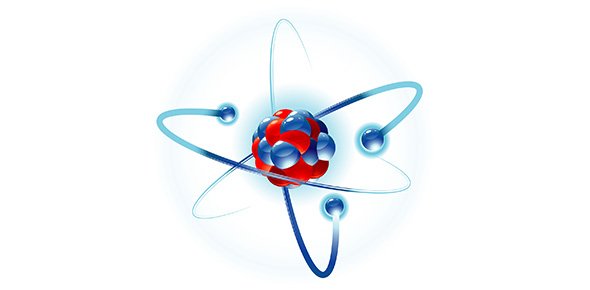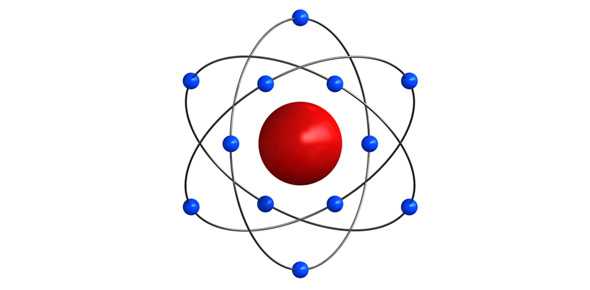Related Flashcards
Related Topics
Cards In This Set
| Front | Back |
|
Cellular/Aerobic Respiration
|
-flow of electrons, through or within membrane from reduced coenzymes to an electron acceptor, usually accompanied by ATP generation.
|
|
Terminal electron acceptor?
reduced acceptor?
Occurs in?
Yields how many ATP?
|
-Terminal electron acceptor is O2, reduced form of acceptor is water
-Occurs in Mitochondrion
-Yields more energy than fermemtation-generate 36 or 38 ATP based on cell type
|
|
4 steps of Aerobic respiration
|
1. Glycolysis
2. Tricarboxylic acid (TCA/Krebs) cycle
3. Electron Transport
4. Oxidative Phosphorylation
|
|
What does the TCA/Krebs cycle do?
|
Oxidizes incoming Carbon atoms into CO2, conserves energy as reduced coenzyme molecules
|
|
What does the Electron Transport do? a and b?
|
A. transfer of e- from reduced coenzymes to O2
b. coupled with active transport/pumping of protons across membrane- generate electrochemical protein gradient
|
|
What does Oxidative Phos. do?
|
Proton gradient driven O2- dependent ATP synthesis
|
|
Prominance of mitochondria
|
-in both chemotrophic & phototrophic org's
-phototrophic org's also do aerobic respiration
ex) In darkness, nonphotosyn. tissues
-more mito. in cells w/intense metabolic activity
ex) muscle contraction, flagella, cilia, sperm tails
-1-few in protists, mammalian liver cells 500-1000/cell
-interconnected network of nitochondria
-in prokaryotes: respiratory fcts localized plasma membrane & cytoplasm
|
|
Outer membrane of mitoch.
|
-phospholipid synthesis
-fatty acid desaturation
-fatty acid elongation
|
|
Inner membrane of mito
|
-Electron transport
-Oxidative phosphorylation
-Metabolite transport
|
|
Matrix of mito
|
-Pyruvate oxidation
-TCA Cycle
- (beta) oxidation of fats
-DNA replication
-RNA syn (transcription)
-Protein syn (translation)
|
|
TCA/Krebs Cycle
|
At TCA step 5 GTPis made in animal cells, ATP is generated in bacteria and plant mito-energetically equivalent
Acetyl CoA + 3NAD+ + FAD + ADP + Pi ------->
2CO2 + 3NADH + FADH2 + CoA-SH+ATP
|
|
(structure of FAD, its oxidation& reduction)
Glycolysis and TCA Cycle
|
Glucose + 10NAD+ +2FAD + 4ADP + Pi ------->
6CO2 + 10NADH + 2FADH2 + 4ATP
-Only >10% of energy generated in 4ATP
(out of possible 36-38 ATP)
-Free energy stored in NADH and FADH2- high energy cmpds- use these to transfer electrons to drive synthesis of ATP
|
|
Allosteric Regulation of the TCA Cycle
|
Allosteric reg of 4 key enzymes-reversible binding of effector molecules-to activate of inhibit enzyme catalytic activity.
-TCA Cycle is highly sensitive to cell redox & energy status-assessed by NADH/NAD+ ratio & concentrations of ATP, ADP, AMP
|
|
Central role of TCA Cycle
|
-fat & protein catabolism
-alternative fuel
-fat-more energy/gram when oxidized than carbs
-long-term energy storage
-imp in hibernating animals, migrating birds, seed nutrient stores
-max # calories w/min volume & weight
-(beta)oxidation-removes 2-C units/time-generate acetyl CoA (goes into TCA Cycle)and NADH,FADH2
-protein-not primary energy source-needed as enzymes, transport proteins, hormones, receptors, cell structure
-When fasting/starvation of excess dietary protein-proteolysis by protease enzymes
-Free amino acids-few intermediates in TCA Cycle
|
|
TCA major fct (3)?
-precursors for?
-plants?
-convert fat to?
|
-catabolism
-also source of precursors (4-6 Carbon) for anabolic pathways
-Amphibolic pathway (both)
-Precursors for protein syn, heme syn, citrate-fatty acid syn
-Plants- oil bearing species-soybeans,peanuts, maize
-Convert fat to sugar- use Beta oxidation & glyoxylate cycle
|






